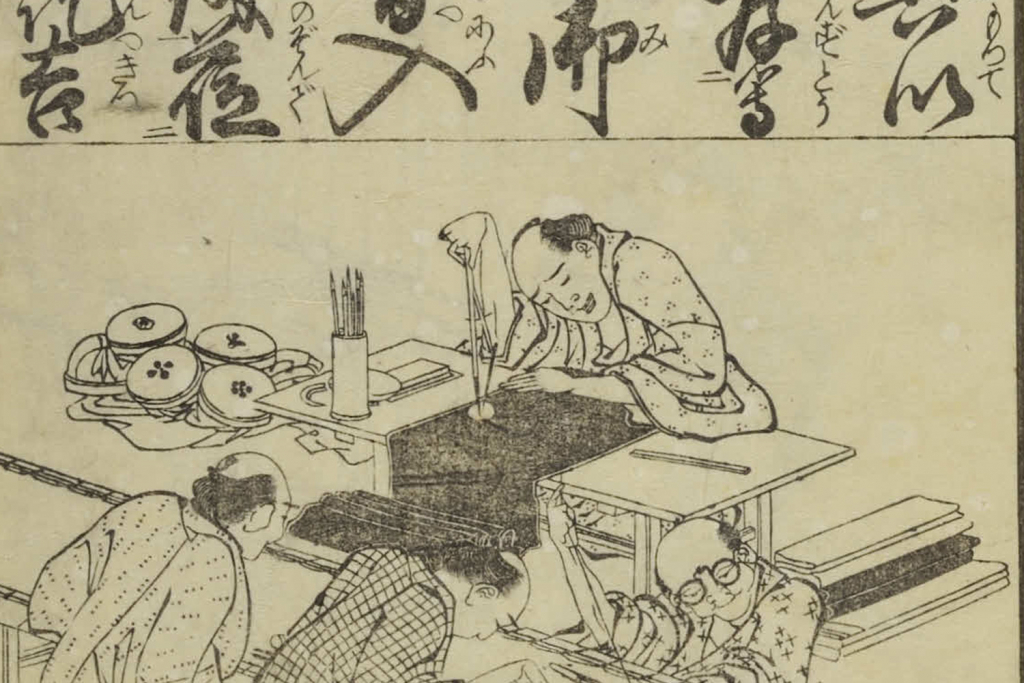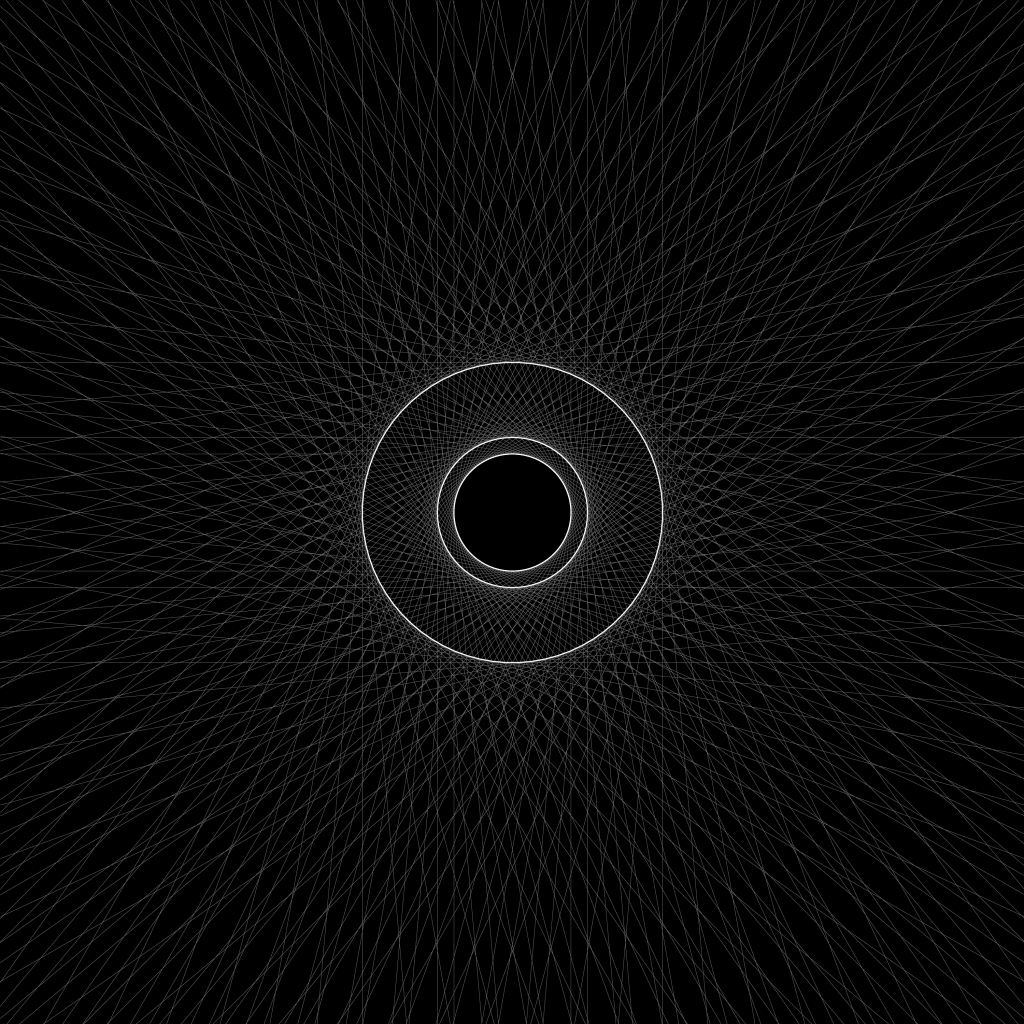
Following on from my last post, about the Japanese tattooing title bestowed on me by my great friend Alex KŌSEI Reinke, aka Horikitsune, I wanted to share another update.
In the wake of this huge honour, I decided to commission a Horihebe ‘Kamon’ or traditional Japanese crest or seal. These crests have been used by ancient Japanese families, and especially Samurai clans, since at least the 8th Century.

There was really only one choice of artisan to work with for this: Kyogen, the oldest surviving family crest business in Japan.
Kyogen was originally established in 1910, and in their early days would hand-paint Kamon on kimono, a traditional artform in Japan for centuries. One hundred years later, Studio Kyogen is headed up by Shoryu Hatoba and his son Hatoba Yohji – third and fourth generation artisans – who now use modern technology like Adobe Illustrator for their designs, but blend this 21st century technique with traditional methods to create Kamon for a range of clients.

Hatoba-san has called himself ‘a dying breed’, like so many historical traditions in Japan (and everywhere else in the world), the demand is less and the handed-down skills are not being passed on. So it was extra important to me to commission such an experienced and masterful expert for my title logo.
We discussed my crest’s potential use, as well as my personal history. Because my Japanese tattooing title is derived from hori (彫) or ‘to engrave or carve’ and hebi (へび) ‘snake’, the Horihebe Kamon is based on a snake’s eye.

Kyogen has designed me something simple but striking, meaningful and recognisable – I couldn’t be happier with the result. My heartfelt thanks to them. You’ll see me using it in various places on and offline.

